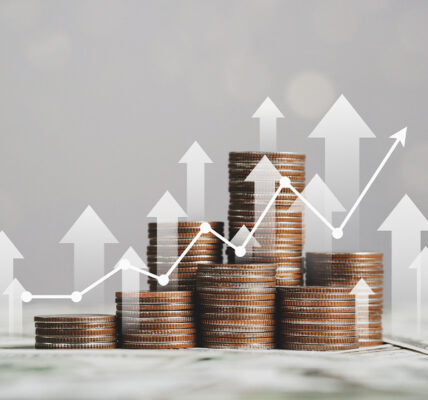
File – A generator and its blades are prepared to head to the open ocean for the South Fork Wind farm from State Pier in New London, Conn., Dec. 4, 2023. (AP Photo/Seth Wenig, File)
Washington, United States — The world’s biggest economy grew at an annual rate of 3.1 percent in the July-September period, up from earlier estimates of 2.8 percent, the Commerce Department said.
This was due to “upward revisions to exports and consumer spending,” the report said, although it noted that the increase was partially offset by a downward revision to private inventory investment.
In the second quarter, GDP growth was 3.0 percent.
READ: US economy grows at 2.8% pace in Q3 on consumer spending
The US economy has shown resilience even as consumers drew down on savings from the Covid-19 pandemic period and grappled with higher interest rates as the Federal Reserve battled to rein in inflation.
Article continues after this advertisement
Consumer spending in particular has been a key factor behind growth — even as Americans felt the pinch from higher costs of living — supported by a healthy jobs market.
Article continues after this advertisement
“Compared to the second quarter, the acceleration in real GDP in the third quarter primarily reflected accelerations in exports, consumer spending, and federal government spending,” the Commerce Department said on Thursday.
A consensus estimate pegged third quarter GDP growth at 2.8 percent initially, unchanged from before, according to Briefing.com.
“The composition of revisions does strengthen our conviction that the economy is on solid footing and that 2025 will be another good year,” said Ryan Sweet, chief US economist at Oxford Economics.
Despite the boost from consumer spending, Sweet warned of variations depending on household incomes.
High-income households “are reaping the benefits of a tight labor market, increases in housing, and stock market wealth,” while lower-income households remain under financial pressure, he said, adding that this is unlikely to change next year.
He also cautioned that inventories and net exports “will be volatile, particularly in the first half of next year,” amid the threat of tariffs from President-elect Donald Trump who takes office in January.
Business are likely to bring forward some imports ahead of potential tariffs.





